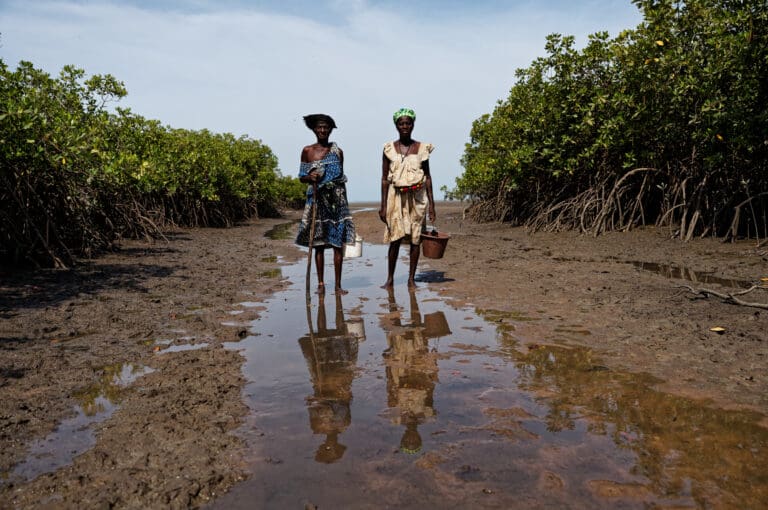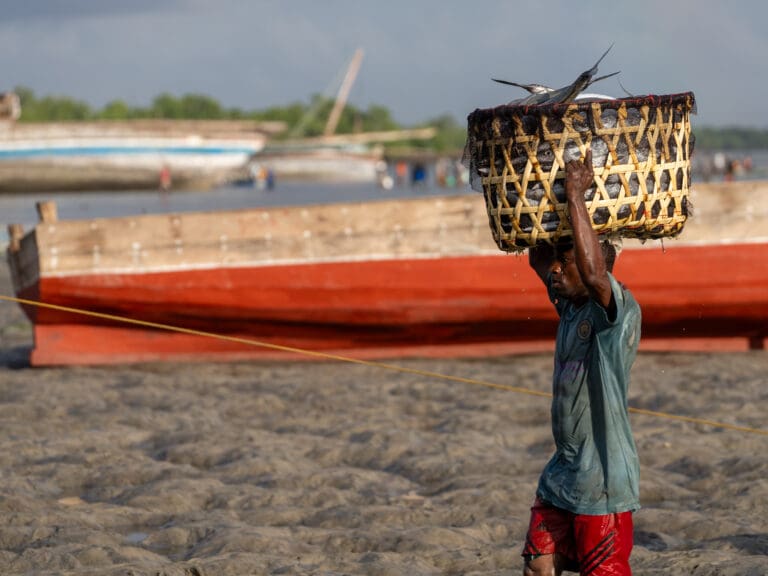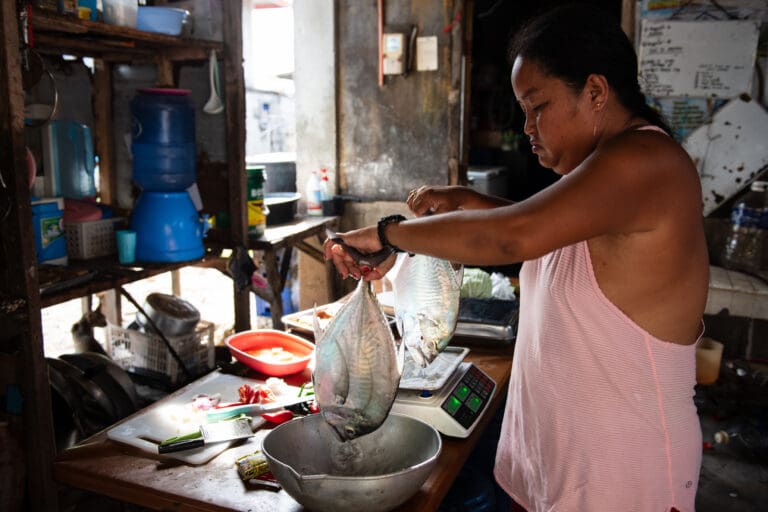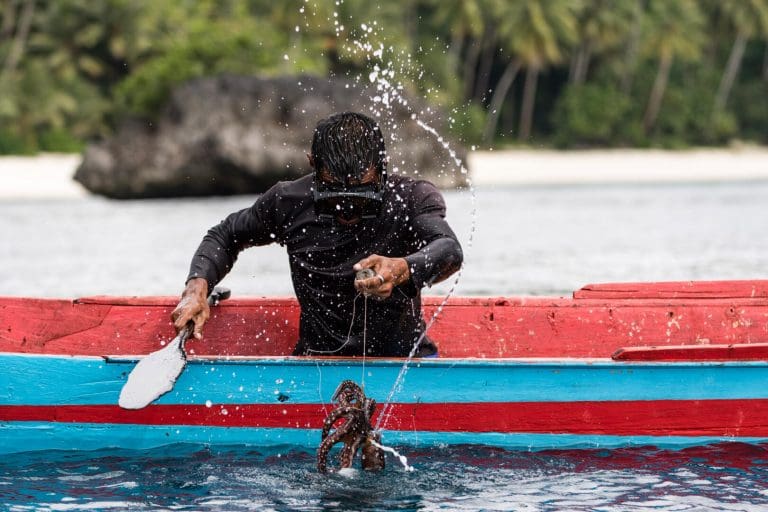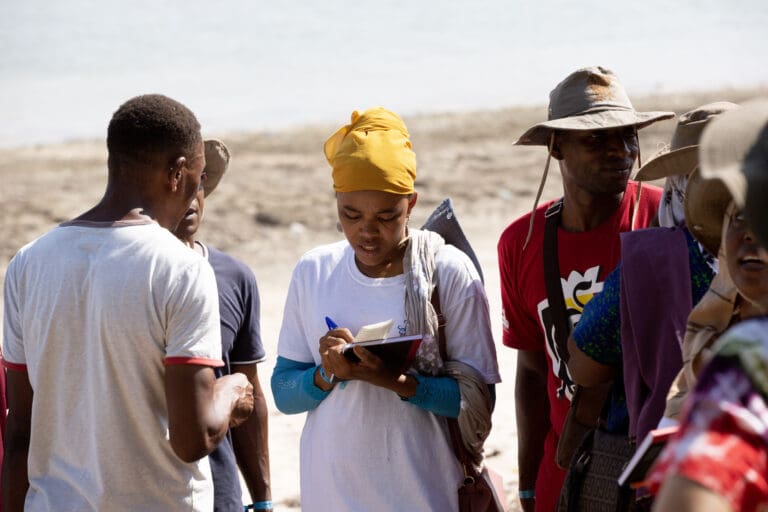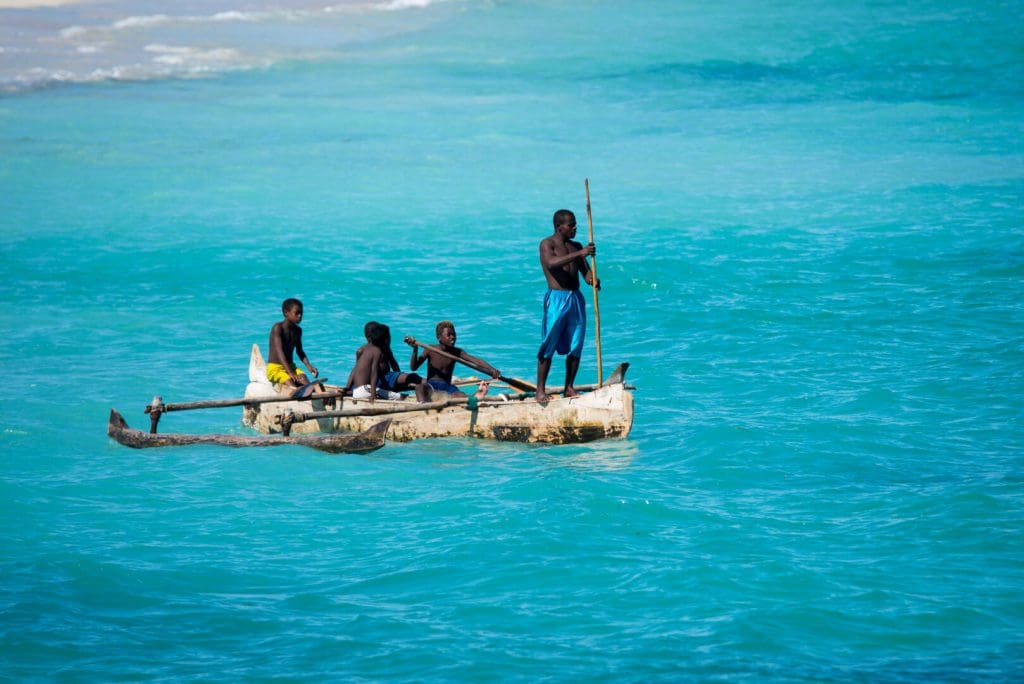Introduction
Madagascar’s terrestrial forests contain as much as 5 % of the world’s floral and faunal diversity and exhibit >80% endemism (Giri and Muhlhausen 2008). From the verdant rainforests of the northeast to the dry spiny forests of the southwest, generations of researchers and visitors have been captivated by the country’s extraordinarily diverse and unique biodiversity. It is these forested ecosystems which continue to receive the lion’s share of attention in many of the documentaries, books, scientific articles and natural history media profiling the island. Far less prominent in western media are the millions of Malagasy people living within and dependent on nearly all of Madagascar’s ecosystems. Research and conservation tend to focus on areas of high biodiversity to the detriment of comparatively less biodiverse ecosystems and the crucial services provided to their residents. Mangroves exemplify this – as compared with other Malagasy ecosystems, they’re not as biodiverse yet support thousands of people and have received less conservation attention than many of their terrestrial peers. These salt – tolerant halophytic trees and shrubs are found exclusively in tidal and inter – tidal areas within more than 120 countries between 30° N and S latitude (Tomlinson 1986, Kuezner et al. 2011). As of 2005, Madagascar’s mangroves represented 2% of the global distribution (Africa’s third largest extent behind Nigeria and Mozambique), covering nearly 2,800 km2 primarily along the west coast (FAO 2007, Giri and Muhlhausen 2008, Giri et al. 2011).





